-
main-collection-product-grid
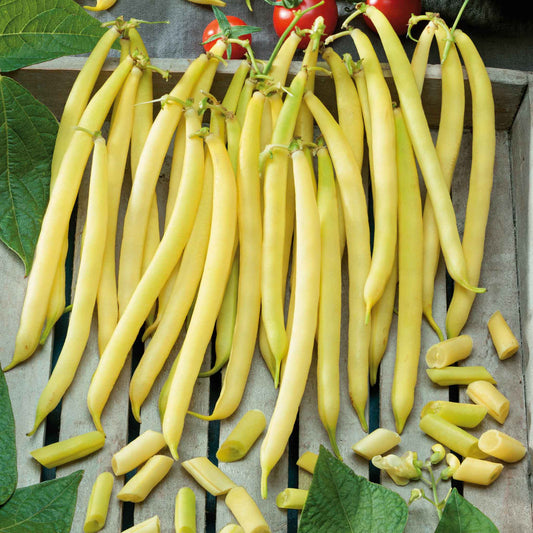
Bean Seeds (Bush) - Pencil Pod Wax
Cook, store, or can these delicious five- to seven-inch podsBean Seeds (Bush) - Pencil Pod Wax
Cook, store, or can these delicious five- to seven-inch podsRegular price As Low As $4.99Regular priceUnit price per -
main-collection-product-grid
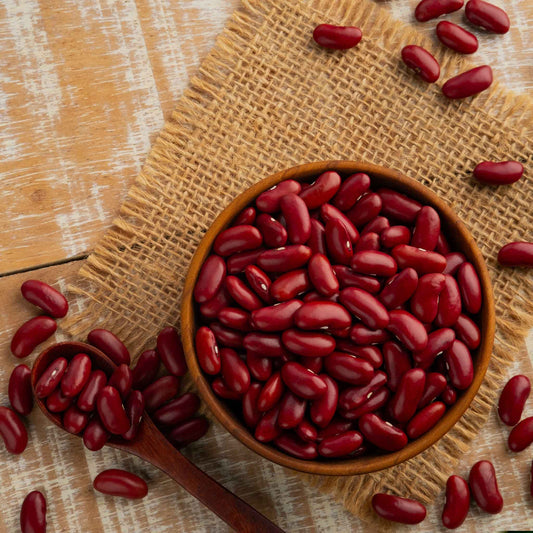
Bean Seeds (Bush) - Dark Red Kidney
One of the most popular beans in North America; full of proteinOut of StockBean Seeds (Bush) - Dark Red Kidney
One of the most popular beans in North America; full of proteinRegular price As Low As $5.99Regular priceUnit price per -
main-collection-product-grid
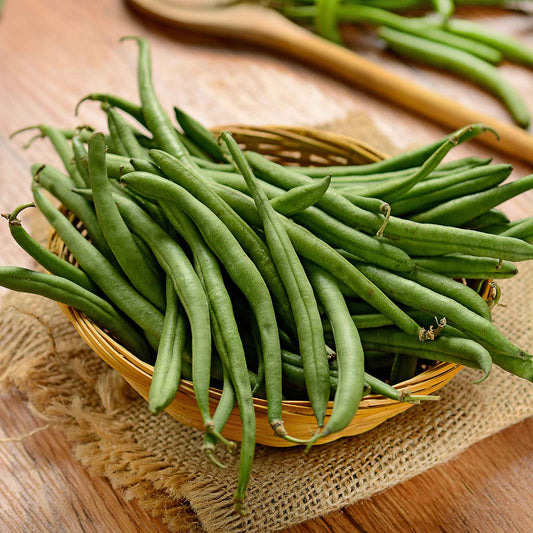
Bean Seeds (Bush) - Burpee Stringless
Early producer of meaty five-inch long bean podsOut of StockBean Seeds (Bush) - Burpee Stringless
Early producer of meaty five-inch long bean podsRegular price As Low As $5.99Regular priceUnit price per -
main-collection-product-grid
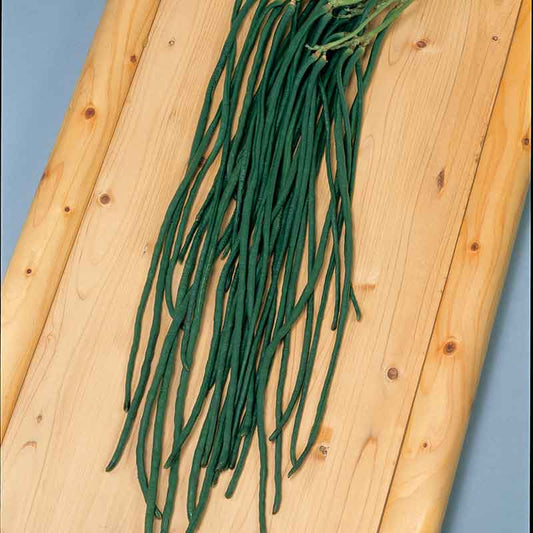
Bean Seeds (Pole) - Orient Wonder
Phaseolus vulgarisOut of StockBean Seeds (Pole) - Orient Wonder
Phaseolus vulgarisRegular price As Low As $4.99Regular priceUnit price per -
main-collection-product-grid
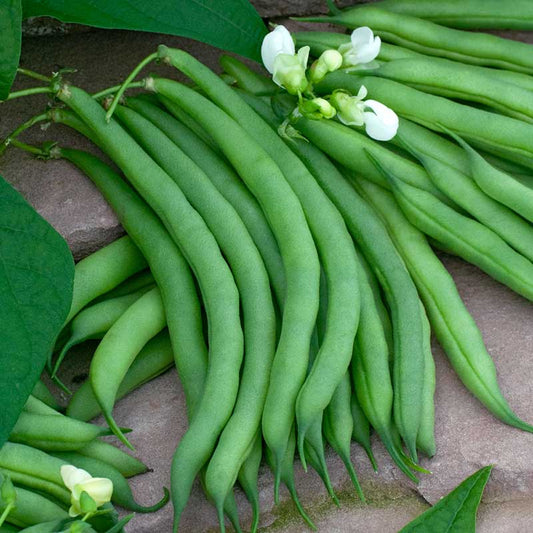
Bean Seeds (Bush) - Kentucky Wonder 125
Great early maturing bean that produces over a long seasonOut of StockBean Seeds (Bush) - Kentucky Wonder 125
Great early maturing bean that produces over a long seasonRegular price As Low As $5.99Regular priceUnit price per -
main-collection-product-grid

Bean Seeds (Bush) - Commodore Improved
Six to eight-inch long pods mature on compact bushOut of StockBean Seeds (Bush) - Commodore Improved
Six to eight-inch long pods mature on compact bushRegular price As Low As $5.99Regular priceUnit price per -
main-collection-product-grid

Bean Seeds (Bush) - Light Red Kidney
This popular kidney bean is great in bean salads, chili, and soupsOut of StockBean Seeds (Bush) - Light Red Kidney
This popular kidney bean is great in bean salads, chili, and soupsRegular price As Low As $5.99Regular priceUnit price per -
main-collection-product-grid
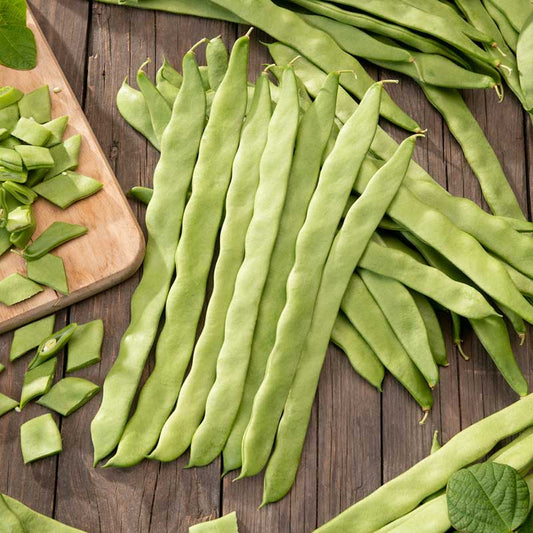
Bean Seeds (Bush) - Romano
Flat, stringless bush bean popular in European kitchensOut of StockBean Seeds (Bush) - Romano
Flat, stringless bush bean popular in European kitchensRegular price As Low As $5.99Regular priceUnit price per
About our bean seeds
- 40 bean seed varieties
- Very simple to grow and do well in most gardens and soil types
- Best if sown outdoors after the last spring frost
- Prefers full sun exposure
a history lesson on beans
A must-have vegetable in the garden, choose from either pole, bush or runner varieties. Pole beans take up hardly any room in your garden and can actually be planted along a fence or any other vertical support. Enjoy the bevy of colors provided by beans, be it green, yellow, purple or red.
Beans are the seeds of numerous genera of flowering plants in the Fabaceae family that are used as vegetables for both human and animal use. They are used in many traditional recipes around the world and can be cooked in a variety of methods, including boiling, frying, and baking. The word "bean" has existed since before the 12th century in West Germanic languages. The term was extended to pod-borne seeds of Phaseolus, such as the common bean and the runner bean, and the related genus Vigna after contact between Europe and the Americas during the Columbian era. Many other seeds with similar forms, such as Old World soybeans, peas, various vetches, and lupins, as well as those with only a passing resemblance, such as coffee beans, vanilla beans, castor beans, and cocoa beans, have long been referred to as coffee beans. As a result, the name "bean" can apply to a variety of distinct species.
how long do beans take to grow?
Beans are a summer crop, thus needing warm weather to properly grow and flourish. On average, maturity is reached 55 to 60 days from planting to harvest. Bean plants are vines that require some external support. Native Americans customarily grew them alongside squash and corn, allowing the corn stalks to provide support for the beans. Perhaps you've heard of the three sisters- this refers to the harmonious aforementioned trio.
beans, beans, the magical fruit!
There are countless varieties of beans to choose from. Often times, selecting your variety can be the hardest part. That said, once you have chosen your beans, proper planting in key. If you are new to growing beans, be sure to do your research on each variety you are planting to ensure that you are providing the proper environment and care.
For more information about planting, growing, and caring for beans, see our Bean Seeds Planting Guides: Pole Beans, Bush Beans, Fava Beans, Edamame Beans







